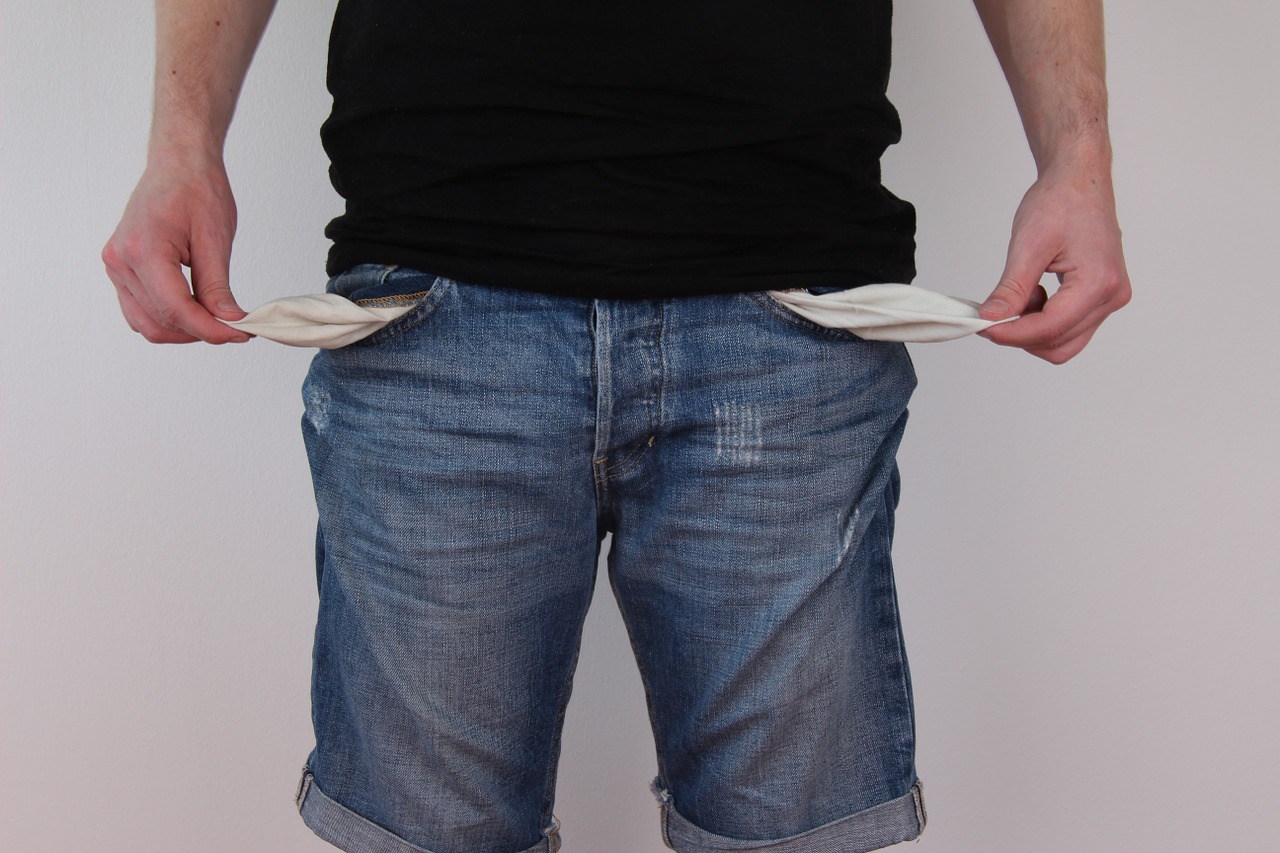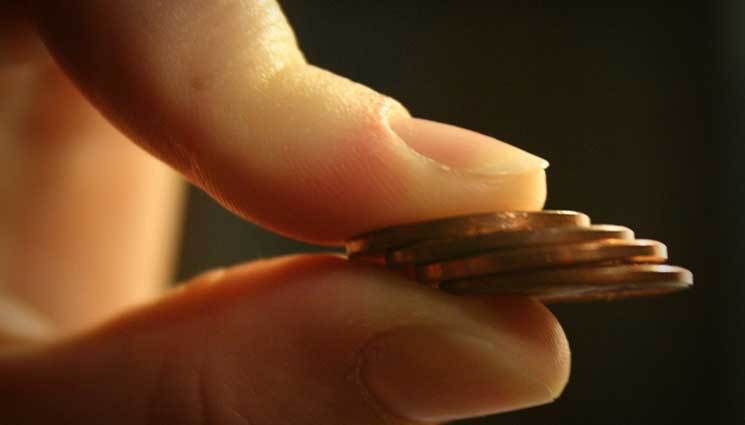The Poor Man Prepper
I am so sick and tired of a large majority of these stories always talking about all these real nice things people have for Bugging out. Oh look at our All terrain 4X4 Super Duty Extended Cab 8ft bed Jacked up fully loaded Ford Diesel Pickup. With our totally decked out bug out trailer that’s going to keep me and my family safe so I can return to my $ 180,000.00 a yr. job.
I mean am I the only one that feels this way? I make $ 50,000.00 a year as a Professional Firefighter. And just to state, at the end of the day, I really don’t have a lot of money left. I also work a part-time job. Still can’t seem to come up with money to buy that kind of truck. Plus have all the extras, we all know they’re going to say this man has.
So let’s get down and dirty here and talk about what a common working man would have. Poor Man Prepping… Now I may be all wrong here, and just a complete dumb-ass. But most of the people I know are just like me. Just trying to make, a better life for their kids. We are the ones that don’t have that bug out location, and are going to have to bug in at first just to see how things go.
One day at the station we were sitting around the table, and the talk was about The Walking Dead, love the show, but I asked ‘so what would you guys all do if SHTF happened right now?’ Boom the world fell apart. We went around the table and each guy that was in the conversation said what they would do. Every single one of them gave pretty much the same answer. Get their guns, grab their stuff, load up the family and leave. So when it came around to me well, they didn’t like my answer. I was going to go to each one of their houses, and grab their stuff, I can use to help me and my family survive in our home. Something to think about.
Yea we do have some Bug out Bags and Boxes ready to go, our own small stockpile of prepping supplies. Maybe even a Chevy pickup to throw all that into. But in the end, we will be the ones banding together to make it. Yea I might be the one with the stove and cooking supplies, possibly a shotgun to try to protect my family with. But my neighbor could be the guy with all the guns and nothing else. It just cracks me up that as I read article after article on here it always seems as though there trying to brag or show off in some way.
So now that I’m way off point.
Good! I am going to start writing my own articles and see where this takes me, I can say one thing for sure we are going to talk about what a common working man can afford and can get. Should they have 3 to 6 months worth of food stocked up in his basement with his AR15 and Shotgun and all his other guns, plus Gallons and gallons of water? Well it would be nice. But then again were talking about what we can do to prep.
Let’s start small, and build from there.
1 Sharpe Permanent marker, no this may never stop a mob from stealing your stuff but it will make sense in a sec. Cases of water is really what got me going, Buy one or two cases and store them in a cool dry place. Write on the case year and date you bought them. (Sharpie Marker) This will at least let you know how old it’s getting and what gets drank first or rotated out. Same thing with some canned foods vegetables, Dinty Moore beef stew, spam canned meats – write on the can when you bought them and exp. date so it’s easy to see. Oatmeal, pancakes just add water mix, syrup. Sure, sure if you can get more go for it. But just start saving what you can.
Then try to set up every family member with a bug out bag so it is ready to go. Have them plan for a weekend away from home, 2 nights three days. This will give them something in their bags – try to add in a few other important items. Plate, Cup, Bowl, fork, knife, spoon. This can all be cheap plastic ones bought at a dollar store. Don’t forget to have each person pack an old blanket and pillow if possible.
Now I know most of us have food at home, well when it’s time to go nothing says you can’t take that with you it’s always a good idea to save those old grocery bags to load your food up. Take it. Just make sure what you take you can cook and eat. Pots and pans from the house may just be all you have. Draw up a check list and keep it close by. I am not saying don’t read the other articles or even take ideas from them, they are all good and may help in one way or another.
As far as your Bug out vehicle that’s going to take you away to the middle of nowhere, or a Budget Inn. Will the family car will most defiantly do? Yes! Should we all strive for a nice place in the middle of nowhere, and that 4X4 ATV I mention? You can if you want.
But my grandmother once said to me when I asked, why we don’t have a bomb shelter?
She said, ‘If we did have one would you really want to be the last ones left on earth, when everyone else is gone?’ If were truly going to make it to the next century and the SHTF we need to band together as the human race, cause without each other we die divided. Just my thoughts.
Look for more from me in the Future.
I am so sick and tired of a large majority of these stories always talking about all these real nice things people have for Bugging out. Oh look at our


